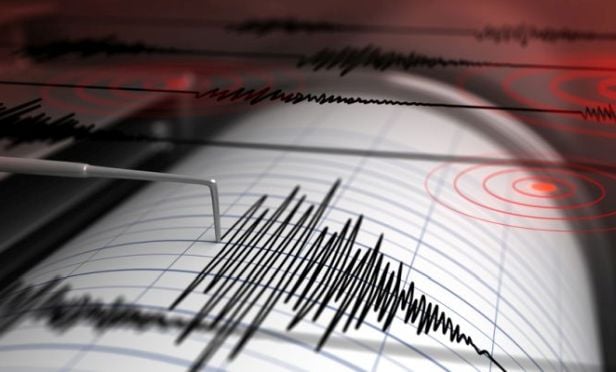 A major earthquake could trigger an economic disaster at the federal level. (Photo: iStock)
A major earthquake could trigger an economic disaster at the federal level. (Photo: iStock)
Unlike almost all other natural disasters such as floods, fires and tornadoes, the overwhelming majority of earthquake risk in the United States is completely uninsured. Even in California, the most at-risk state in the country for earthquakes, only 13.3% of residents maintain coverage for earthquake damage.
Recommended For You
Want to continue reading?
Become a Free PropertyCasualty360 Digital Reader
Your access to unlimited PropertyCasualty360 content isn’t changing.
Once you are an ALM digital member, you’ll receive:
- Breaking insurance news and analysis, on-site and via our newsletters and custom alerts
- Weekly Insurance Speak podcast featuring exclusive interviews with industry leaders
- Educational webcasts, white papers, and ebooks from industry thought leaders
- Critical converage of the employee benefits and financial advisory markets on our other ALM sites, BenefitsPRO and ThinkAdvisor
Already have an account? Sign In Now
© Touchpoint Markets, All Rights Reserved. Request academic re-use from www.copyright.com. All other uses, submit a request to [email protected]. For more inforrmation visit Asset & Logo Licensing.







